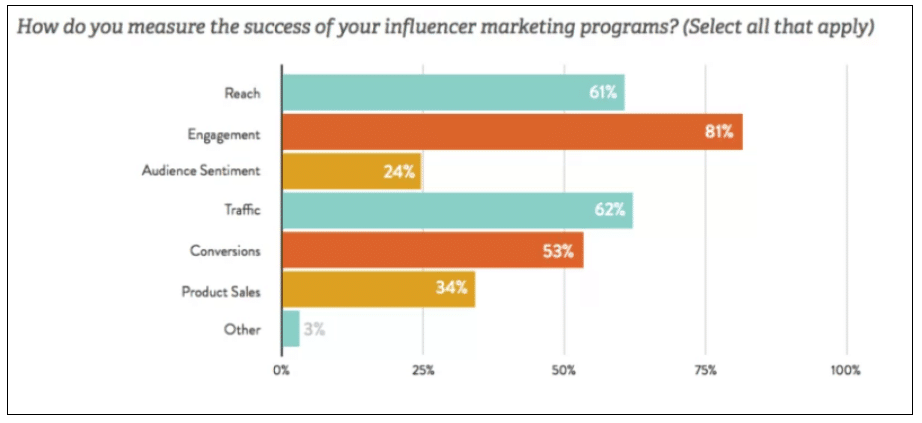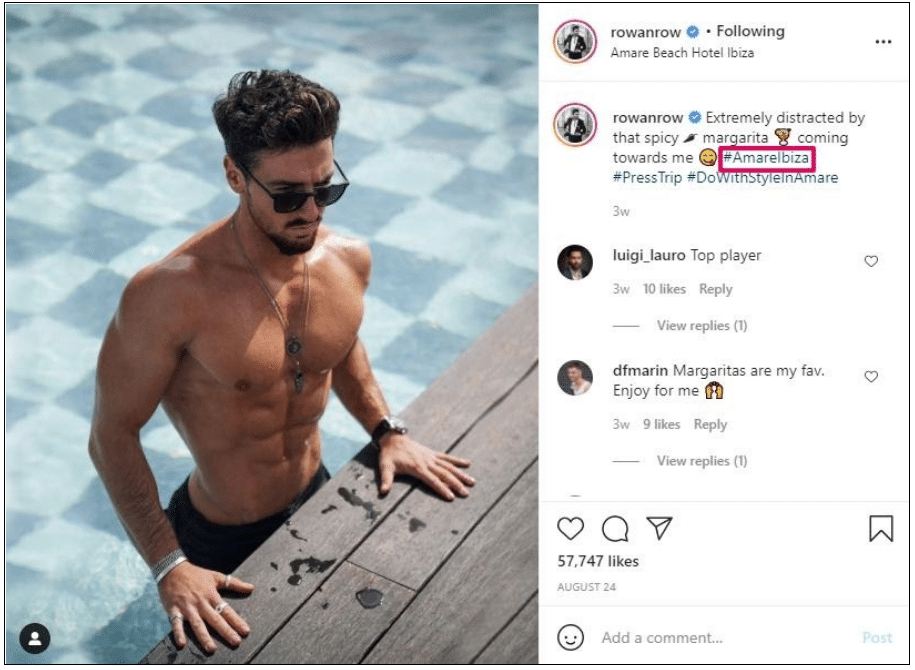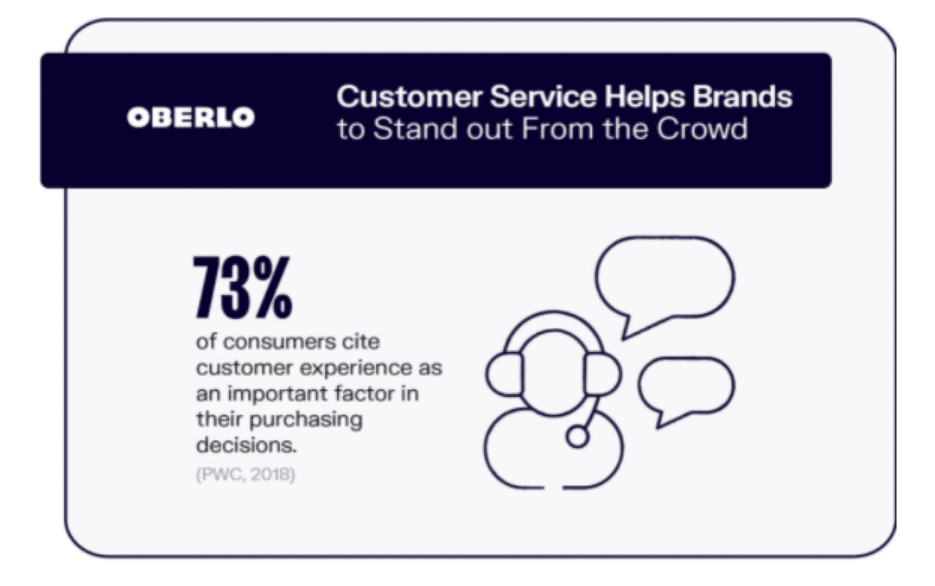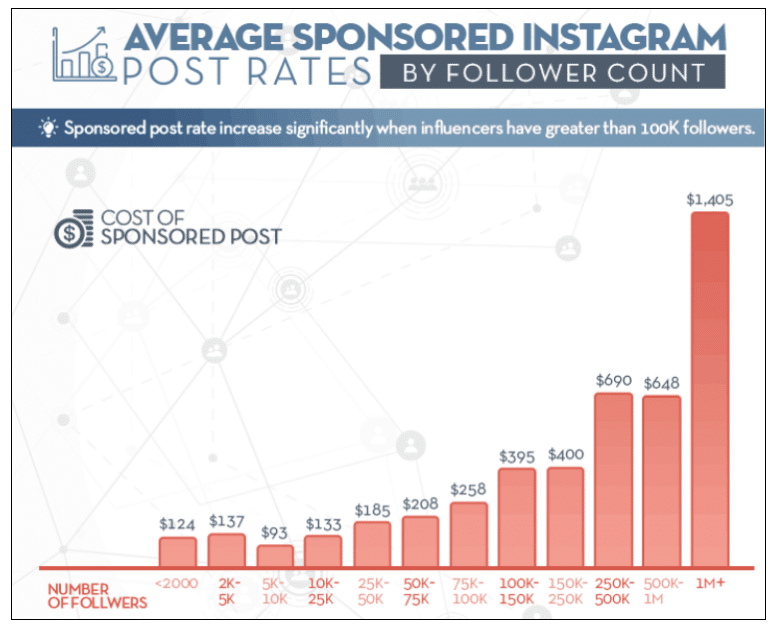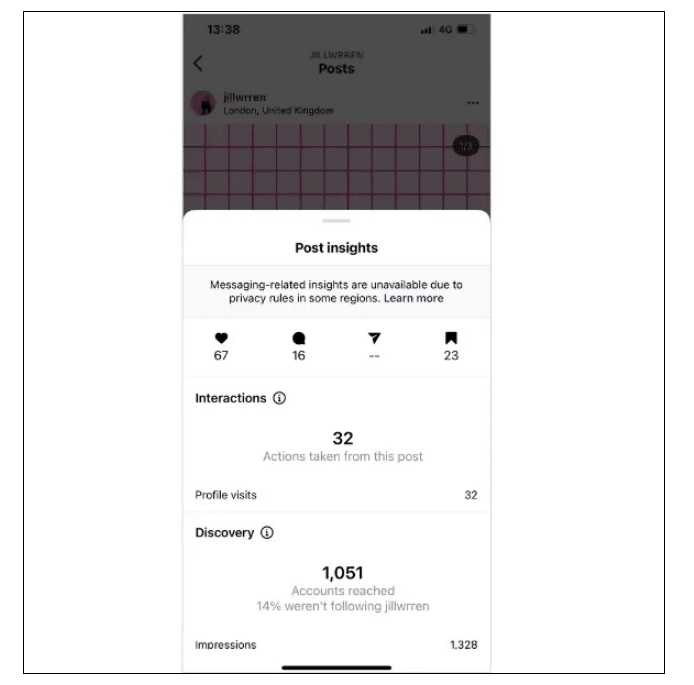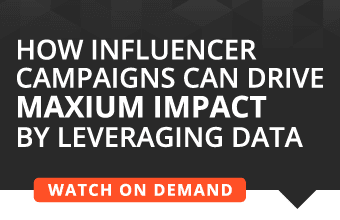Influencer marketing provides an effective strategy to reconnect with customers personally.
A 2020 study showed that more buyers—at least six out of ten—trust influencers over brand ads.
However, like every other relatively new marketing strategy, marketers still struggle to get a hang of how to pick the right influencer or measure the ROI of their campaigns.
Albeit with rigorous social media auditing, brands get lucky with an influencer who’s the right fit for them and has good engagement with followers. But even then, you must get suited to influencer management as a sort of new role.
In this post, we’ve explored five ways to manage your brand influencers and get higher returns on influencer marketing spend. And the first place to start is to establish by what standards you want to define a successful influencer campaign.
1. Set clear expectations
Like most forms of marketing, how to know when your campaigns are yielding results is an important question. The number of likes? Comments? Shares? Clicks?
Marketers are divided across different influencer marketing performance metrics.
Source: PublicFast
Truth is, there are no right or wrong answers. It all depends on your brand, goals, and what you expect from each campaign and influencer:
- Increase brand awareness
- Better engagement
- Increased traffic to your channels
- Boost sales
- Build followership for your social media
When you define your expectations from influencer marketing, you’ll also need to clearly communicate them to your influencers. This will ensure they understand how you measure their performance and what they need to do to meet up to standards.
2. Give them the freedom to be creative
It’s natural to want to control what, how, and when they post. Often, brands would want to reserve some control over the content and audience without sacrificing buyers’ trust. But you must avoid micromanaging influencers to the extent that influencer posts begin to sound like ads.
Why?
On average, buyers interact with 4,000 to 10,000 ads daily, in which only the most refreshing stand out. And when it’s too salesy and intrusive, it isn’t nearly as refreshing as a subtle mention or tag in the caption to a holiday photo thread.
Like in the example below, there isn’t any pressure on the audience to visit the Amare Beach Hotel.
Source: Rowan Row Instagram
This is where you need to trust an influencer’s creativity. You may stipulate specifics for the campaign, like use of brand properties or posting frequency. But, for the greater part of it, allow the influencer enough creative space to carry on the conversation in their own voice and style.
This makes the message seem natural and honest. That way, they exert influence based on the existing relationship with their followers.
3. Treat them professionally
It goes without saying but, let’s be clear about it: beyond compensation, influencers need to feel a positive vibe from your brand. It validates the good review, recommendation, or feature-length testimonial you expect from them.
The subtlety of influencer marketing comes from the tone, content, and enthusiasm of the influencer’s posts and comments. It should feel like they could genuinely endorse your brand without any compensation.
Just like a family member recommending products and brands they’ve used and trust.
When it shows in their tone of voice that they clearly haven’t received a good treatment by your business, readers will start to question the honesty of the campaign. Whereas an honest endorsement for good customer service, for instance, will boost buyer relationships and trust.
Source: Oberlo
Influencers are real people you have to engage with, as opposed to Facebook ads you can set up and be done with. Aim for a long-term relationship of mutual respect with your influencers.
Call to check up on them and the progress of the campaign. Message to update them on new developments.
Make them feel comfortable and a part of the team. That way, they can become familiar with your brand listing, goals, vision, tradition, and unique buyer proposition. An off-handish approach does not show good influencer management.
4. Offer proper compensation
While there aren’t any standard rates for how much you must pay influencers, ensure to compensate them properly for their service. Besides, influencer marketing ROI is quite high compared to other marketing strategies that went mainstream due to the pandemic.
As a result, influencer take-home per post keeps rising. But at the same time, you don’t have to overcompensate for the impact of their reach.
On a basic level, influencers are worth the amount of influence (in terms of engagement and conversion) they’re able to exert. So, using mega-influencers and celebrities would naturally cost you more.
Source: PublicFast
Granted, it can be a little bit tricky to understand influencer compensation. But to be transparent, finalize the rate, compensation method, and commissions with the influencer before the start of the campaign.
5. Track their engagement and posts
It’s all about data. You must analyze and report metrics to learn the performance of your campaigns. Tracking the performance of each campaign and for each influencer will provide the insights you need to optimize your marketing strategy.
You’ll be able to:
- Know your highest-performing campaigns and influencers.
- Decide between celebrity influencers and real people.
- How to boost campaign reach, engagement, and conversion.
Native analytics of most channels, like the Instagram post insights below, aren’t nearly enough to track performance metrics that are important to you. Not unless you’re new to the data side of influencer marketing.
Source: Later
A media monitoring tool with the ability to report coverage and track your reach across all channels is a lot more useful for this purpose.
But beyond tracking KPIs of their posts, content marketing of any sort performs a lot better with a clearly defined posting frequency.
There’s a curve to it: Too frequent posting could lead to a drop in engagement. Too few, and customers would have moved on before the next post. Generally, it all depends on the channel.
You want to keep the audience expectant, not spam them with too much content in a day. For best performance, consider building a content calendar. Better yet, use a scheduling software to manage your influencer posting frequency.
Scheduling software streamlines your influencer management strategy and presents the entire calendar to all team members.
That way, everyone is on the same page about what to post, where to post it, and when.
In closing
Influencer marketing provides brands a positive social proof with seemingly user-generated content (UGC). What you don’t want to do is make it seem like an ad.
Influencers depend on the relationship they’ve built with their followers to reconnect buyers with your brand. That relationship must remain honest and the influencer should be seen as trustworthy for your campaigns to convert.
How you maintain that goes beyond choosing the right influencer to your influencer management strategy.
Just as it is counter-productive to micromanage employees, overmanaging influencers yields poor ROI. Instead, align your brand with the passion of your influencer, so they never have to be in a position to “sell” to their followers.


